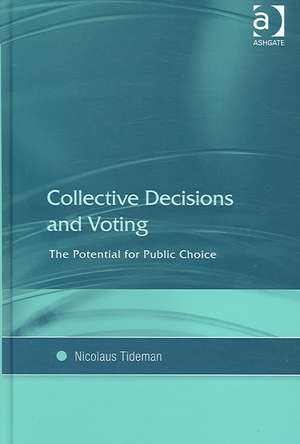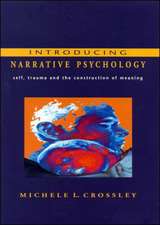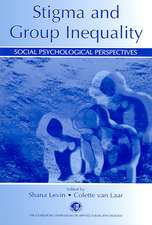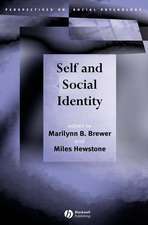Collective Decisions and Voting: The Potential for Public Choice
Autor Nicolaus Tidemanen Limba Engleză Hardback – 28 noi 2006
Preț: 825.42 lei
Preț vechi: 1106.75 lei
-25% Nou
Puncte Express: 1238
Preț estimativ în valută:
157.97€ • 164.09$ • 131.22£
157.97€ • 164.09$ • 131.22£
Carte tipărită la comandă
Livrare economică 01-15 februarie 25
Preluare comenzi: 021 569.72.76
Specificații
ISBN-13: 9780754647171
ISBN-10: 075464717X
Pagini: 360
Dimensiuni: 156 x 234 mm
Greutate: 0.83 kg
Ediția:1
Editura: Taylor & Francis
Colecția Routledge
Locul publicării:Oxford, United Kingdom
ISBN-10: 075464717X
Pagini: 360
Dimensiuni: 156 x 234 mm
Greutate: 0.83 kg
Ediția:1
Editura: Taylor & Francis
Colecția Routledge
Locul publicării:Oxford, United Kingdom
Cuprins
Contents: Preface; Part 1 Collective Decisions: Defining a collective decision; A taxonomy of collective decision procedures; Economic criteria for evaluating collective decisions; General criteria for evaluating collective decision procedures; Relative advantages of modes of making collective decisions; What is a good collective decision?. Part 2 Voting: An overview of voting; Majority rule and its weighted analog; Voting cycles; The Arrow Theorem; Strategic voting and the Gibbard-Satterthwaite Theorem; Criteria for evaluating ranking-based vote-processing rules; Vote processing rules for selecting one option from many when votes have predetermined weights: alternatives to plurality; Vote processing rules for selecting one option from a continuum of one or more dimensions when votes have predetermined weights; Vote processing rules for selecting more than one candidate when votes have predetermined weights: proportional representation; Vote processing rules with endogenous weights for self-interested advocates: revealing intensities of preferences; Lessons from the excursion; Bibliography; Index.
Recenzii
'For people who do not have much background in public choice, this will be an excellent introduction. People who already are familiar with public choice will nevertheless find much in this book which is new to them. It is thus useful both for beginners and for serious students.' Gordon Tullock, George Mason University, USA '...well set out and easily readable...this is a very worthwhile book containing a wealth of useful information.' Voting Matters 'Explores the definition, methods, advantages and disadvantages of collective decisions and applies these considerations to voting theory.' Journal of Economic Literature 'As one would expect from a scholar who has spent more than three decades working in the field, Tideman's knowledge is encyclopedic and his treatment is at all times lucid. If a colleague or graduate student wanted an accessible, comprehensive and reliable guide to the linked disciplines of social choice and public choice, this book would serve that purpose eminently.' Political Studies Review
Notă biografică
Nicolaus Tideman is Professor of Economics at Virginia Polytechnic Institute and State University, in Blacksburg, Virginia, USA. He has been there since 1973, as a post-doctoral fellow, Associate Professor, and Professor since 1985. He has published many professional articles, primarily in the areas of urban economics, public finance, efficient public decision-making, and economic justice.
Descriere
Voting is often the most public and visible example of mass collective decision-making. But how do we define a collective decision? And how do we classify and evaluate the modes by which collective decisions are made? This book examines these crucial questions, to discover the true nature of voting as a means of making collective decisions and public choices.








